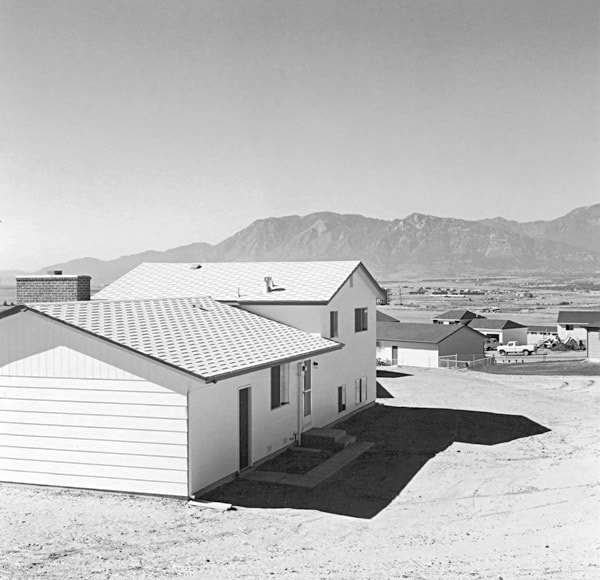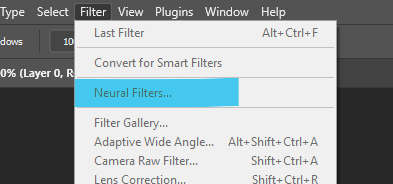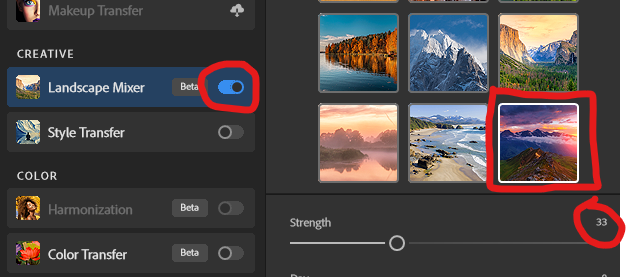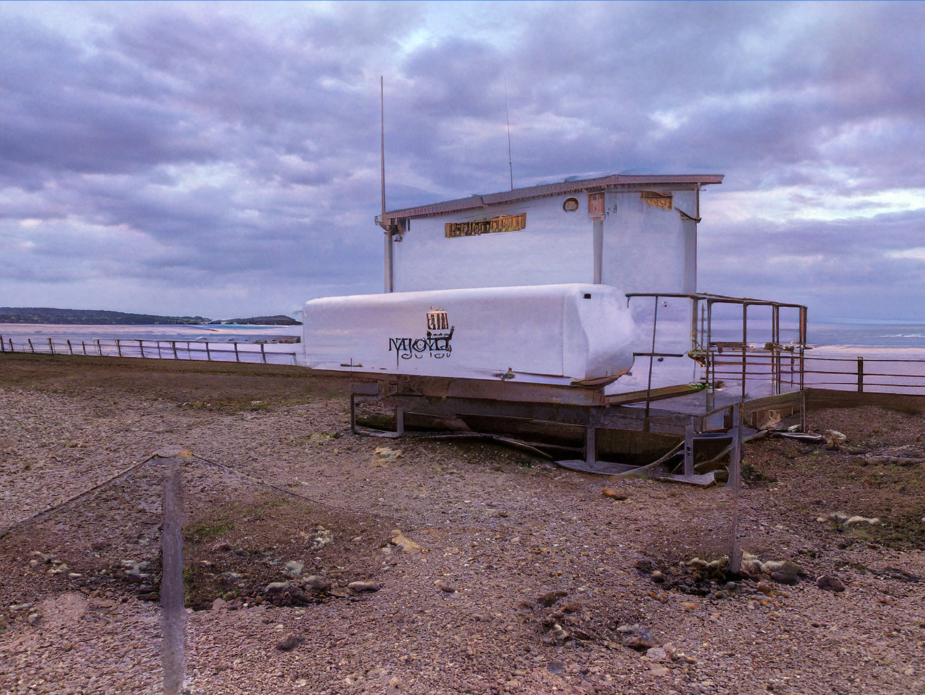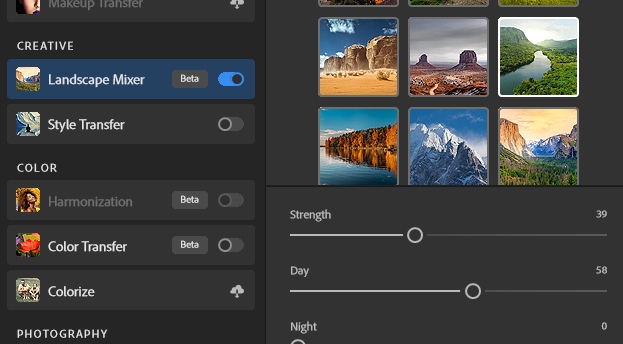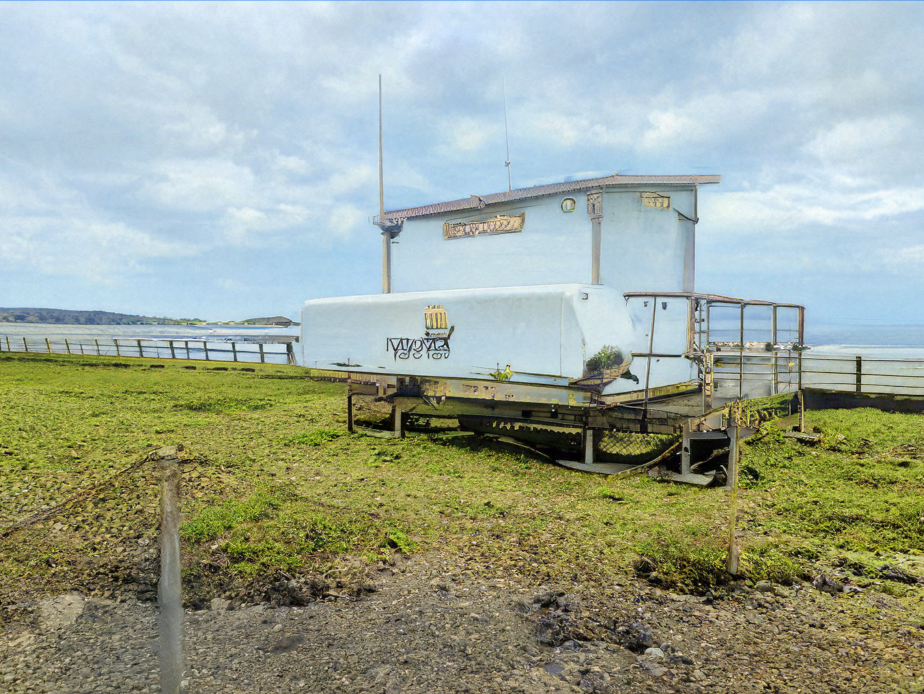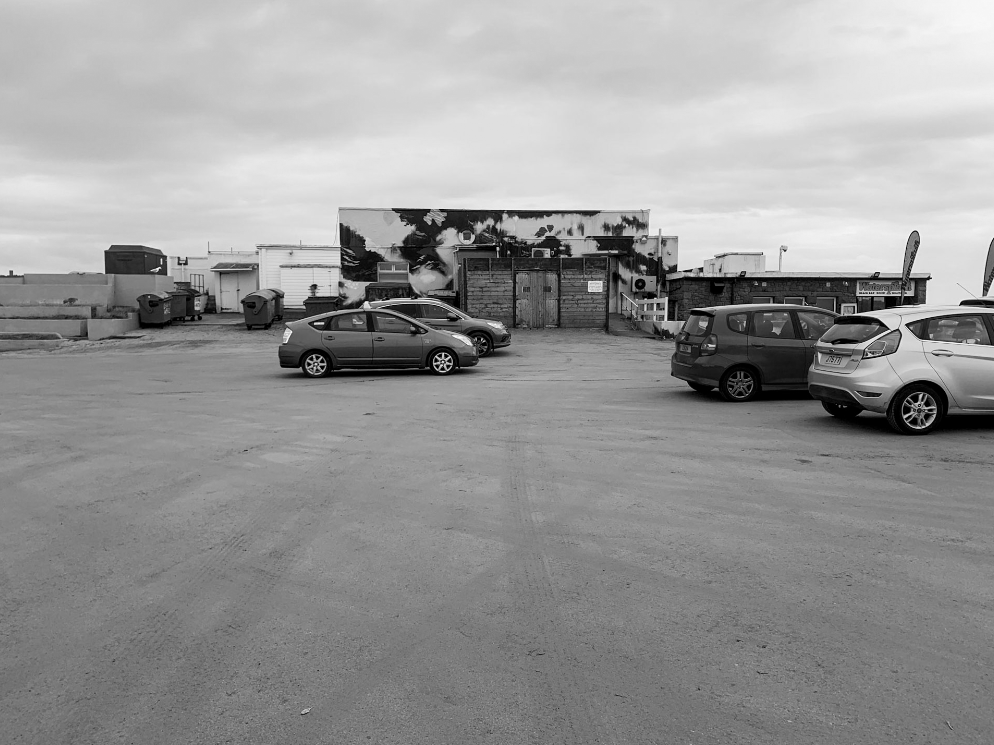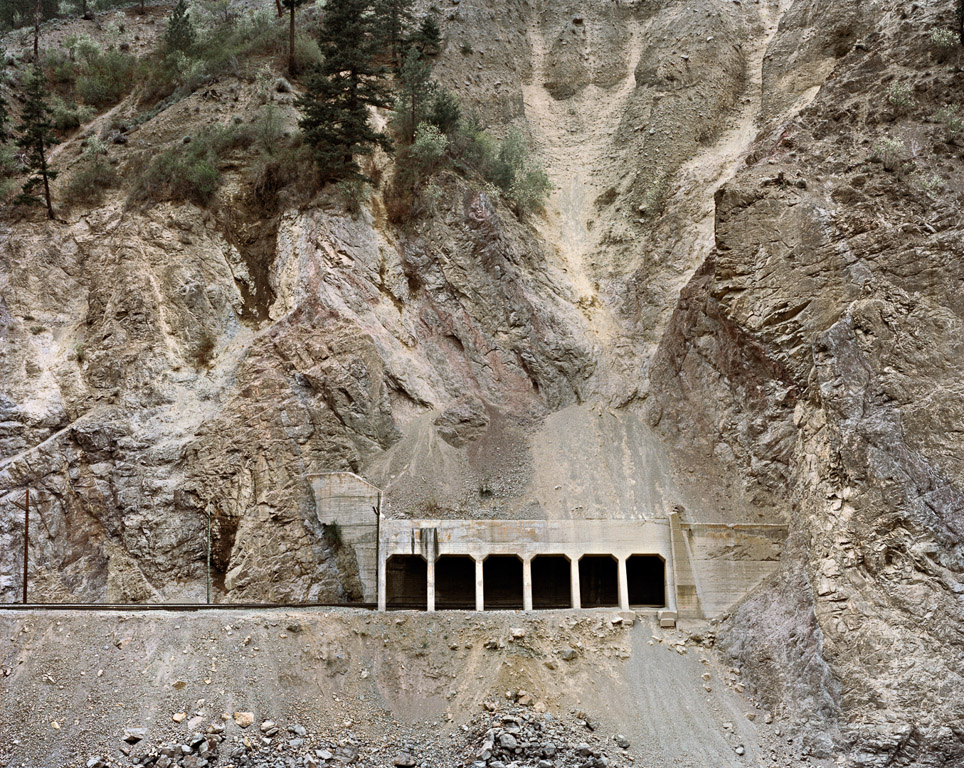Robert Adams is an American photographer who has focused on the changing landscape of the American West. His work first came to prominence in the mid-1970s through his book The New West and his participation in the exhibition New Topographics: Photographs of a Man-Altered Landscape in 1975.
Offering solemn meditations on the landscapes of California, Colorado, and Oregon, Adams’s black-and-white photos document the changes wrought by humans upon nature.
When Adams returned to Colorado to begin what he anticipated would be a career in teaching, he was dismayed by the changes he saw in the landscape. He bought a 35-mm camera, taught himself the fundamentals of photography, and began making pictures infused with a love for the geography of his home state.
Born on May 8, 1937 in Orange, NJ, his family moved around the Midwest throughout his childhood, finally settling in Wheat Ridge, CO in 1952. Adams went on to study English at the University of Redlands and received his PhD in English from the University of Southern California in 1965. It wasn’t until the near completion of his dissertation for USC that Adams began to take photography seriously, learning techniques from professional photographer Myron Wood and reading Aperture magazine. In the 1970s, he was released the book The New West (1974), and a year later was included in the seminal exhibition “New Topographics: Photographs of a Man-Altered Landscape.” Adams has twice been the recipient of the Guggenheim Fellowship and once the recipient of a MacArthur Fellowship.

Robert Adams was born in Orange, New Jersey, in 1937. His refined black-and-white photographs document scenes of the American West of the past four decades, revealing the impact of human activity on the last vestiges of wilderness and open space. Although often devoid of human subjects, or sparsely populated, Adams’s photographs capture the physical traces of human life: a garbage-strewn roadside, a clear-cut forest, a half-built house. An underlying tension in Adams’s body of work is the contradiction between landscapes visibly transformed or scarred by human presence and the inherent beauty of light and land rendered by the camera. his work also conveys hope that change can be effected, and it speaks with joy of what remains glorious in the West
Image Analysis

I think this image successfully captures how humankind have ruined Earths natural beauty by polluting it with various bland, repetitive houses. There is not a wide range of tones seen in this image which I think is on purpose in order to emphasise the idea of how mundane and dull we are making our planet by constantly expanding and building on natural landscapes, stripping the Earth of its beauty. This image is quite boring to look at due to the lack of range in tones and the boring houses which all look the same. However, I think it does make the viewer realise how much damage we are doing to the Earth, which is an important message to convey. This has inspired me to take images of densely built areas with a lack of tonal range as I feel it could help society to realise the flaw with constantly expanding and building on these landscapes.









